Traveling to Laos by self-driving car gives Vietnamese tourists the initiative, low cost, easy procedures, is a suggestion for the occasion of April 30.
Located in the west of Vietnam, with a border stretching from the north to the Central Highlands, Laos has a culture quite similar to Vietnam but still has its own unique features in terms of tradition, cuisine and rich natural scenery.
Laos' climate is divided into distinct rainy and dry seasons. The dry season is from October to May and the rainy season is from June to September. The best time to travel to Laos is the dry season, convenient for traveling and experiencing.
Tourists can travel to Laos by many means such as airplanes, buses, and high-speed trains. Vietnamese citizens can also bring their own vehicles through the border gate to travel within Laos. For nearly a week, such as the upcoming April 30 holiday, Vietnamese tourists can experience this form.
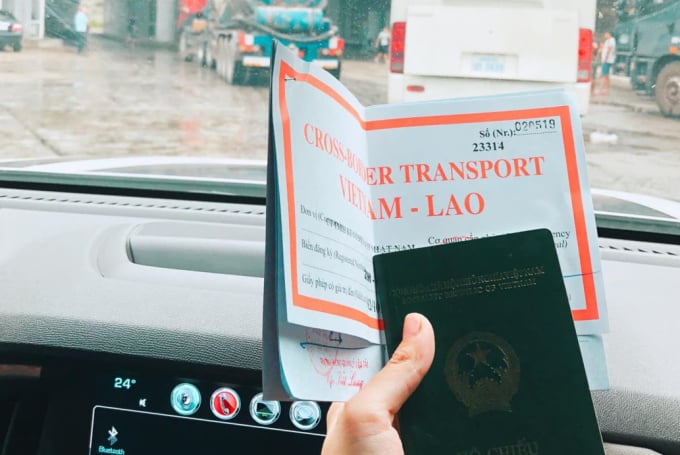
Procedures for transporting cars from Vietnam to Laos
Traveling to Laos by private car is convenient and economical. Currently, round-trip airfare from Vietnam costs 7-10 million VND, while the entire road trip only costs about 10 million VND for a week. Besides, you can freely explore destinations, routes and stop at will.
Do Loan (34 years old, Hai Phong) is currently doing business and often travels from Vietnam to Laos by personal car. The last time she went to Laos was on February 20. According to Loan, tourists need a transit permit. Currently, it is possible to apply for a permit online on the portal of the Ministry of Transport and local Departments of Transport. The permit will be issued one to three days after submitting the application and is valid for one month.
To obtain a permit, visitors need: vehicle registration, driver's license, insurance certificate, technical safety and environmental protection inspection certificate. The registrant must be the owner of the vehicle and the registered vehicle must be a private car, traveling to Laos for non-commercial purposes. If not the owner, a power of attorney is required. In addition, full personal documents such as passport and citizen identification card are required.
Vietnamese visitors will enter and exit the country through the following border gates:
8 pairs of international border gates include Tay Trang (Dien Bien) - Panghok (Phongsaly), Na Meo (Thanh Hoa) - Nam Soi (Huaphanh), Nam Can (Nghe An) - Nam Can (Xieng Khoang), Cau Treo (Ha Tinh) - Nam Phao (Bolikhamxai), Cha Lo (Quang Binh) - Naphao (Khammouane), Lao Bao (Quang Tri) - Densavan (Savannakhet), La Lay (Quang Tri) - Lalay (Salavan), Bo Y (Kon Tum) - Phoukeua (Attapeu).
7 pairs of national border gates include Huoi Puoc (Dien Bien) - Na Son (Luang Prabang), Chieng Khuong (Son La) - Ban Dan (Huaphanh), Long Sap (Son La) - Pa Hang (Huaphanh), Ten Tan (Thanh Hoa) - Somvang (Huaphanh), Hong Van (Thua Thien Hue) - Kutai (Salavan), A Dot (Thua Thien Hue) - Tavang (Sekong), Nam Giang (Quang Nam) - Dak Ta Ooc (Sekong).
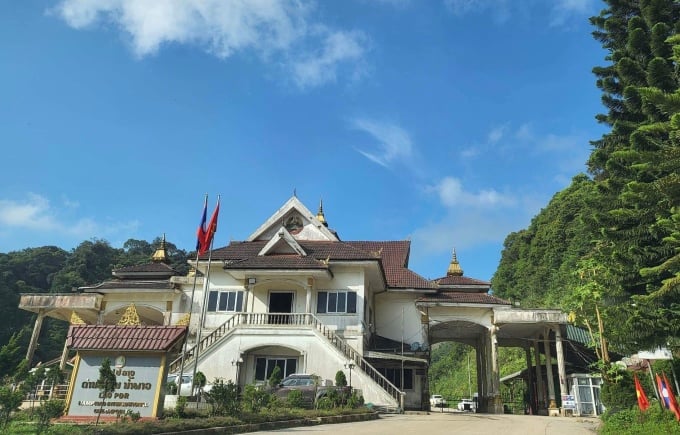
At the Vietnam border gate, visitors complete exit procedures, get stamped, and pay a fee of VND50,000 per vehicle and VND10,000 per person. Vehicles and luggage will be scanned. After customs clearance, an officer will check passports and ask for additional information about the trip.
At the Lao border gate, tourists bring their vehicles to the inspection area, bring the transit book and all passports of the group to complete the procedures as at the Vietnam border gate. The cost is 50,000 Kip per person and 50,000 Kip per vehicle (about 70,000 VND).
After completing the procedures, you must purchase compulsory insurance for your vehicle. This type of insurance can only be purchased at the Lao border gate, with a fee of 80,000 Kip (about 120,000 VND). After inspection, the vehicle will be issued a stamped travel permit by Lao customs to travel within Laos. If you have difficulty with the language, you can hire a service to do the procedures for a fee of about 50,000 Kip.
Returning through border gates in Laos and Vietnam is similar to the outgoing route, but procedures are faster. Customs clearance time at border gates is from 7am to 7pm.
Places to visit
Bui Thanh (Hai Phong), who used to drive to Laos for tourism, said that the two most popular border gates for Vietnamese people to exit are Cau Treo (Ha Tinh) leading to the capital Vientiane and Nam Can (Nghe An) leading to the ancient capital Luang Prabang. After that, tourists will follow the route Vientiane - Vang Vieng - Luang Prabang - Xieng Khuang or vice versa. These are all famous and convenient destinations on the driving route.
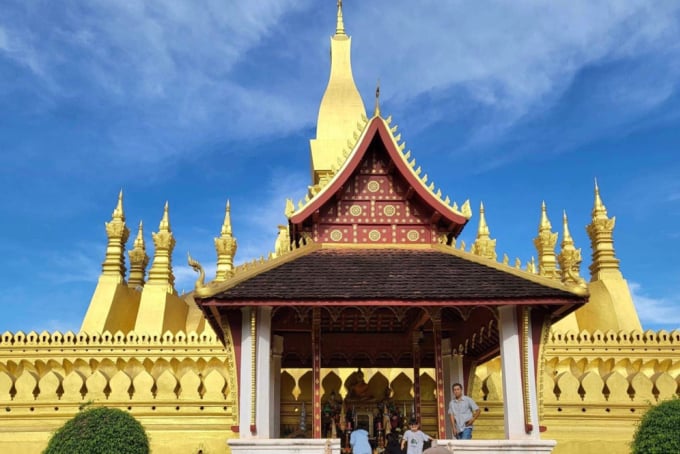
Vientiane Capital
The capital Vientiane is located on the northeastern bank of a stretch of the Mekong River. The architecture and constructions in Vientiane are imbued with Buddhist art, with famous temples such as the gilded Pha That Luang Pagoda, Wat Si Muang Pagoda, Xieng Khuan (Buddha) Park, which has more than 200 Buddhist sculptures, and the Patuxay Triumphal Arch - the symbol of Vientiane.
Vientiane is famous for grilled fish caught from the Mekong River, ping kai - whole grilled chicken, and green papaya salad pok pok. Most impressive are dishes made from insects such as spiders, crickets, ant eggs, and grasshoppers, prepared in many ways: fried, stir-fried, and grilled.
Vang Vieng Town
Vang Vieng is a favorite destination for foreign tourists. Here, you can fly a hot air balloon, kayak on the Nam Song River, explore Tham Pha Daeng Cave and witness hundreds of bats flying out of the cave, admire Kaeng Nyui Waterfall, trek to Phangern Mountain or Nam Xay Observatory for a panoramic view of the city.
At the local market, which opens at around 5am every day, many stalls sell bat, squirrel, monkey and rat meat. In the evening, visitors can enjoy Lao cuisine and beer in bamboo huts on the Nam Song River.
Luang Prabang Ancient Capital
Luang Prabang was the capital until 1975, with a history of thousands of years. Luang Prabang is known for its many ancient Buddhist temples such as the gilded Wat Xieng Thong from the 16th century, Wat Mai, the residence of the head of Lao Buddhism. Visitors can also climb to the top of Phousi to watch the sunrise and sunset or visit the three-tiered Kuang Si waterfall complex, Tad See waterfall.
In Luang Prabang, there are grilled bee remains, which are often eaten in the morning, spicy Sai Oua sausages, and Som Tam papaya salad (a Thai version) which is adapted to local tastes. Food in Luang Prabang is cheaper than in Vientiane.
Around 5-6am, visitors witness and participate in the monks' alms round. Monks walk barefoot along the streets to receive food from locals and tourists.
Plain of Jars Xieng Khuang
The Plain of Jars is a megalithic archaeological landscape recognized by UNESCO as a World Cultural Heritage. There are more than 2,000 stone jars here, dating from around 500 BC to 500 AD. Currently, only 3 locations around Phonsavan town have been put into tourism exploitation. The attraction of the Plain of Jars comes from the fact that the use of the stone jars for ancient people has not yet been found.
Xieng Khuang is the place that produces the famous sticky rice and purple sticky rice of Laos. Therefore, visitors should not miss the sticky rice here. Tam Maak Hung - papaya salad pounded with more than a dozen spices is also a specialty that should be tried in Phonsavan (Xieng Khuang).
Accommodation
Laos has a wide range of accommodation from budget motels to 4-5 star international luxury hotels. Prices per night range from 300,000 VND to 5 million VND depending on room type. Rooms can be easily booked on Agoda or Booking. In addition, visitors can contact the Vietnamese Embassy or Consulate in cities in Laos for accommodation, however, the number is limited.
Notes
The road from the border gate to the inland area of Laos has many steep passes and potholes. For the most convenience, visitors should choose high-chassis cars.
Bring along tools for repairing or supporting the vehicle such as an electric pump and tire change jack so you can handle it yourself on the spot because the road is quite deserted.
Gasoline prices in Laos are more expensive than in Vietnam, so to save money, fill up your tank before crossing the border.
The density of cars in Laos is not high, so traffic jams rarely occur. Lao people hardly honk their horns.
Near the border gate, there are roadside shops where visitors can exchange money into Lao Kip and buy phone SIM cards. 1 Lao Kip is about 1.4 VND. You can bring USD to Laos to exchange, or buy Kip in Vietnam.
According to Quynh Mai/VnE
Source link



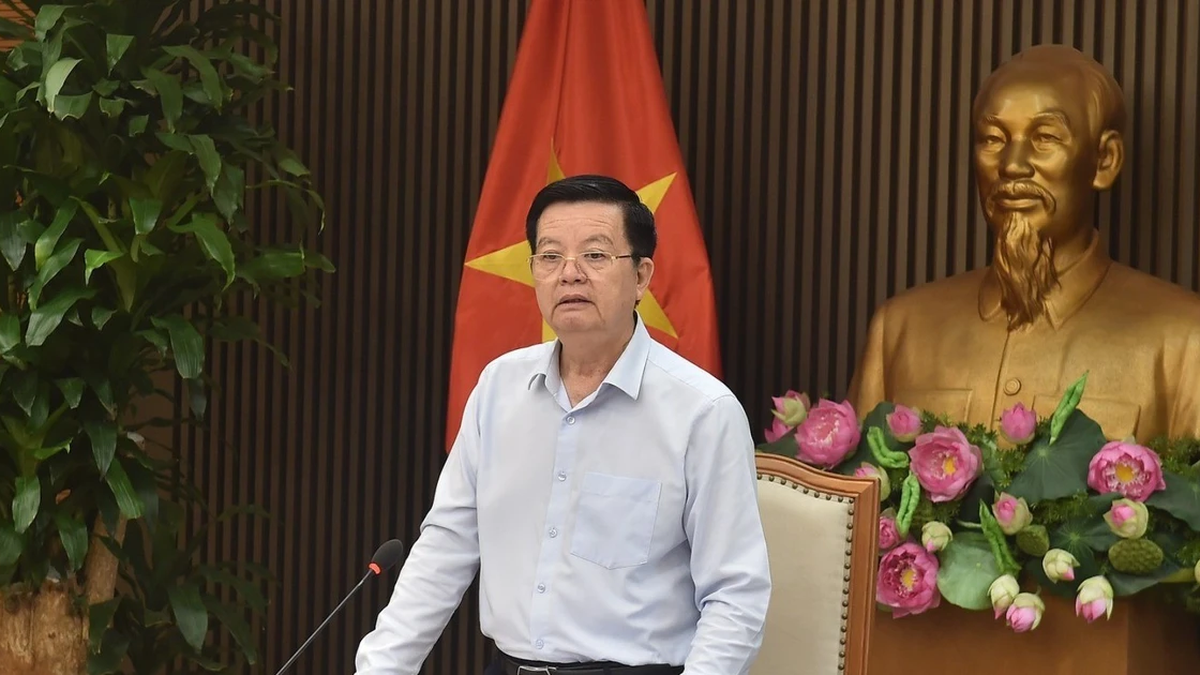
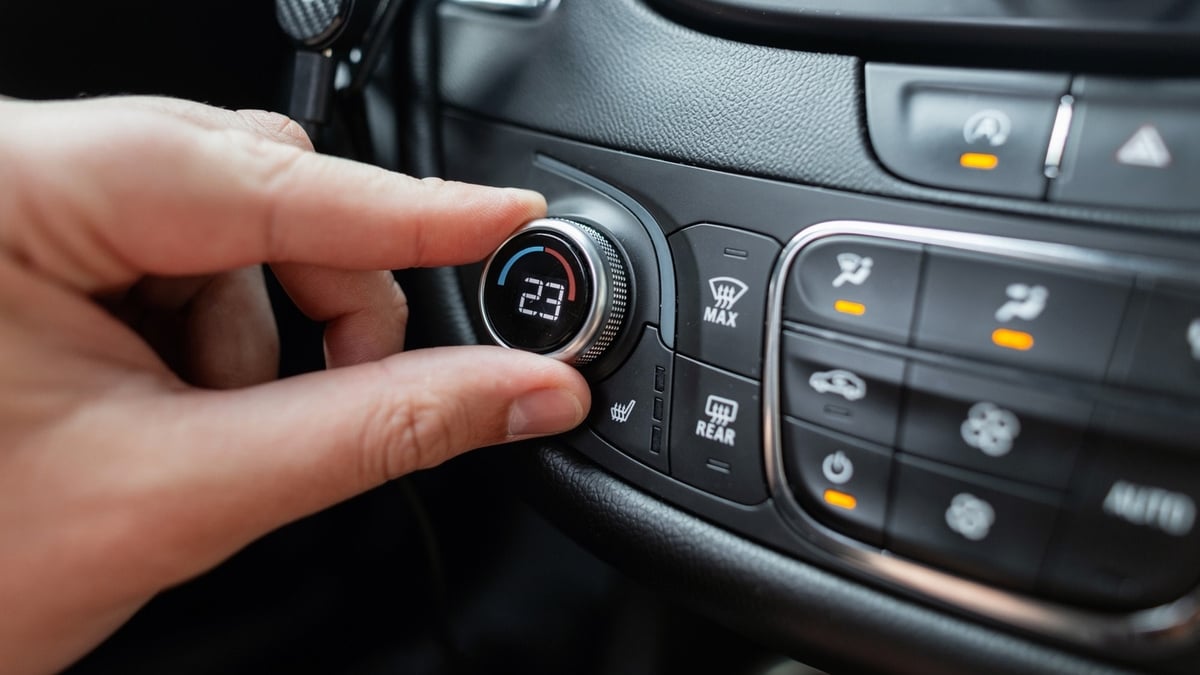
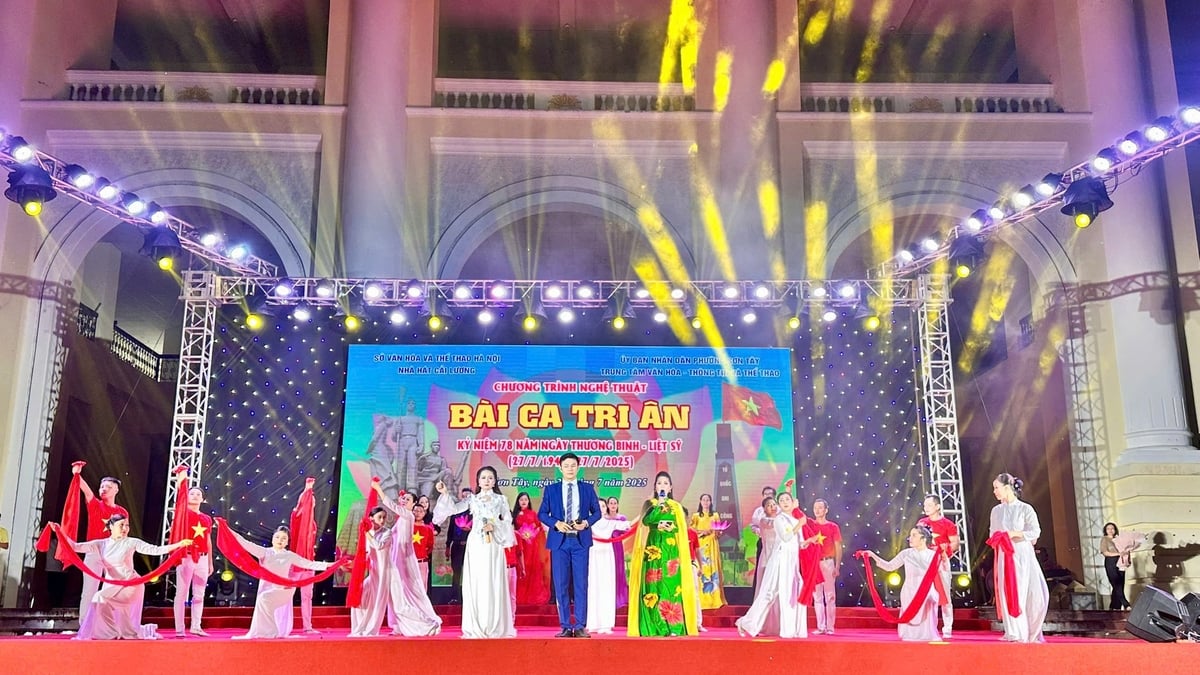

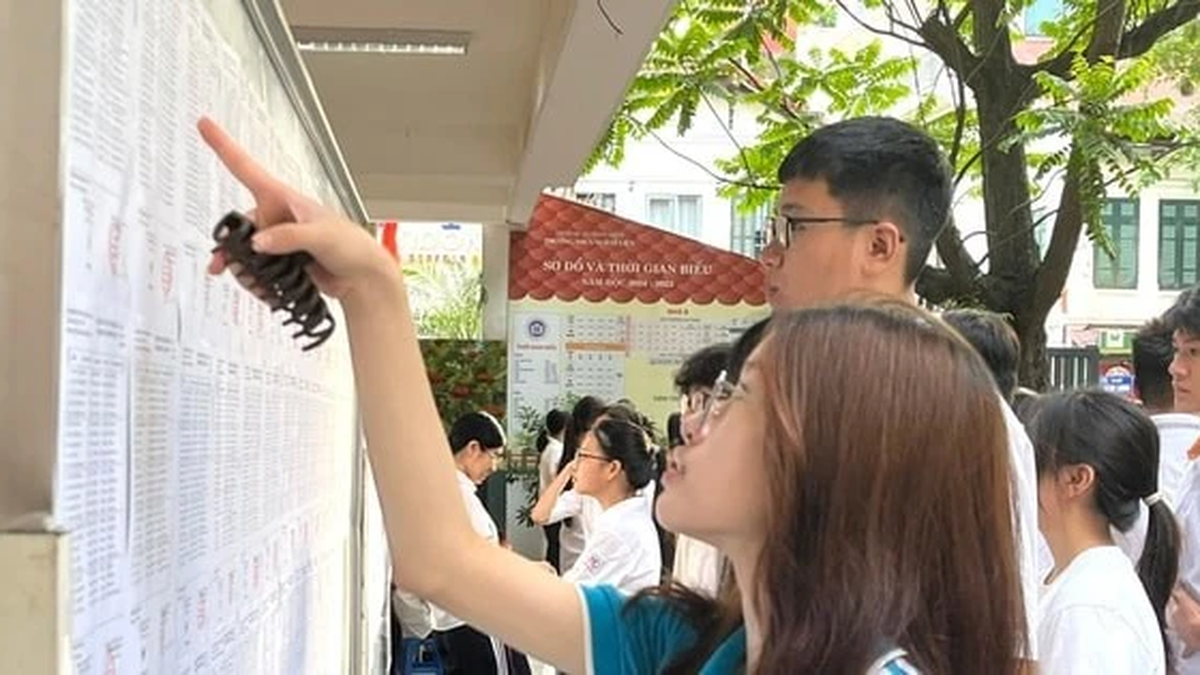
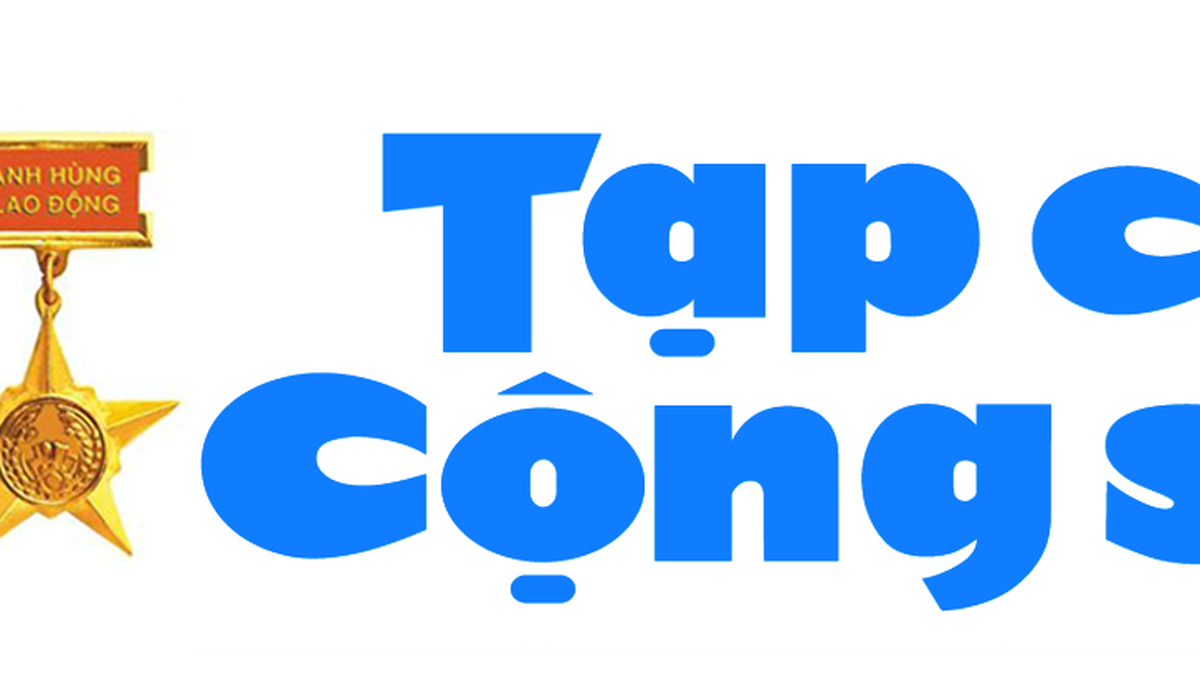


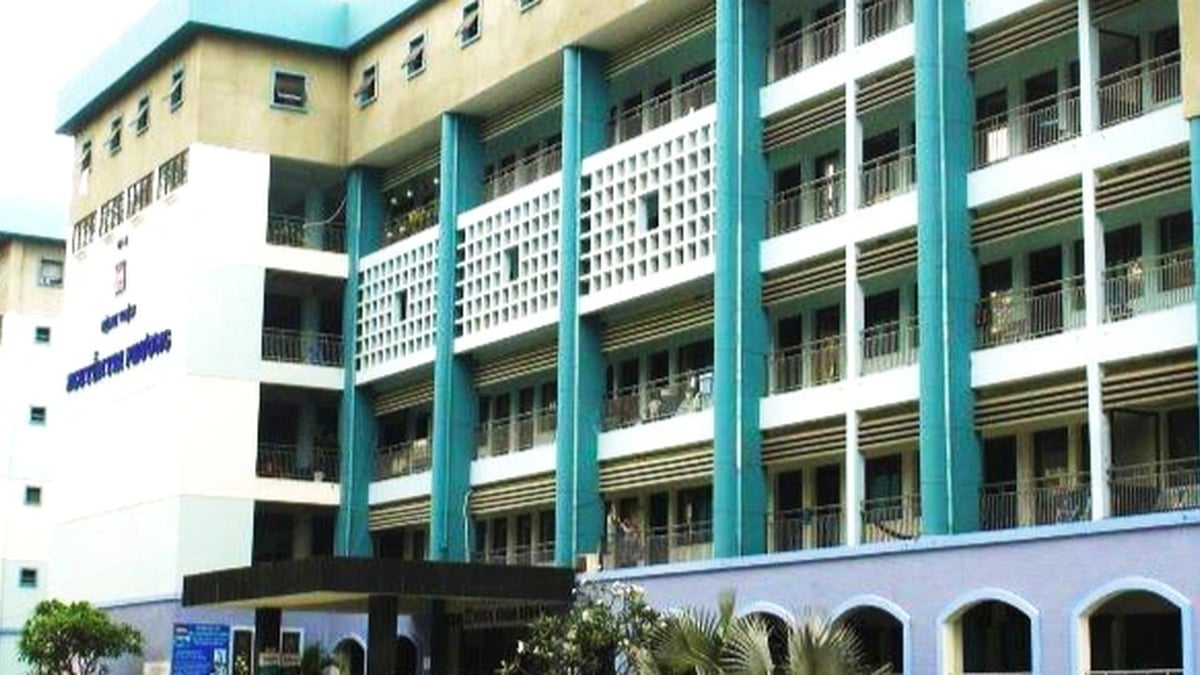


















![[Photo] National Assembly Chairman attends the seminar "Building and operating an international financial center and recommendations for Vietnam"](https://vphoto.vietnam.vn/thumb/1200x675/vietnam/resource/IMAGE/2025/7/28/76393436936e457db31ec84433289f72)



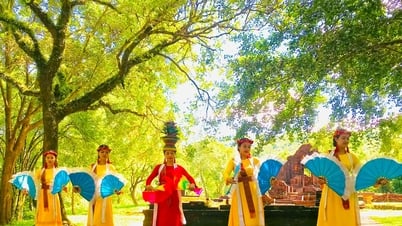

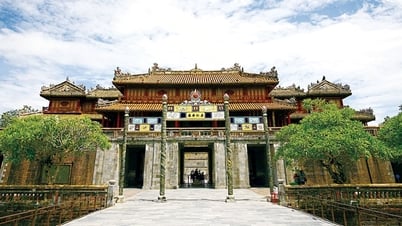

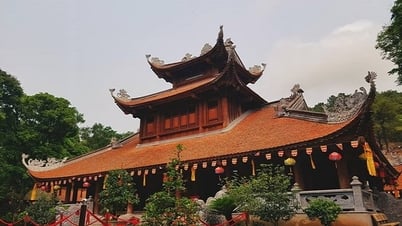



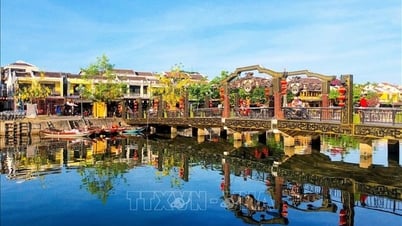

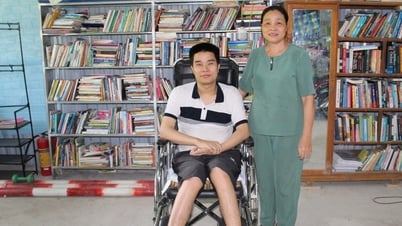

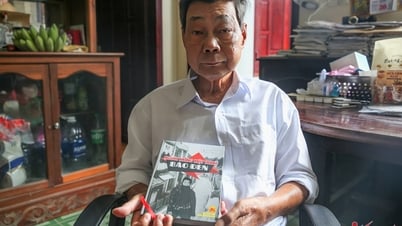

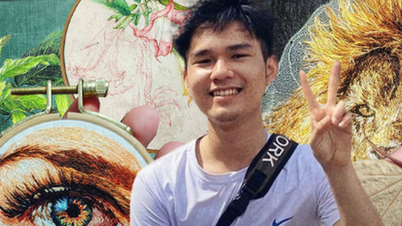

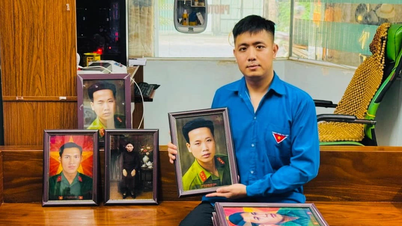


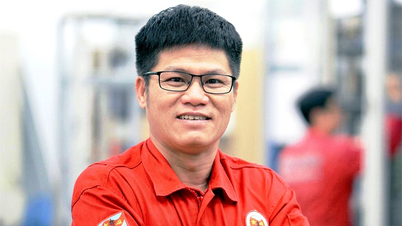

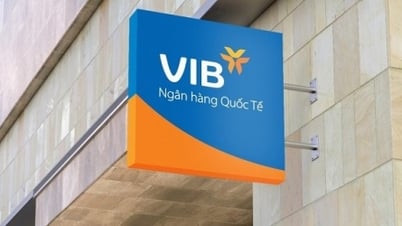

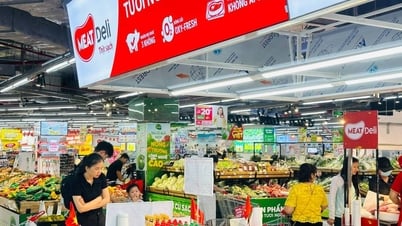


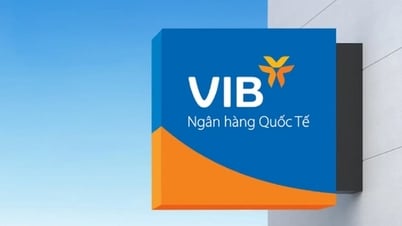
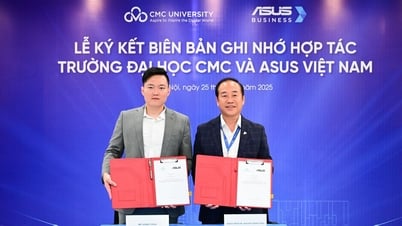



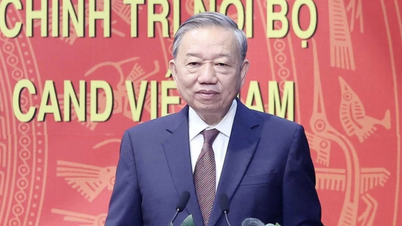
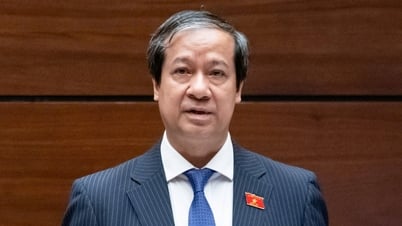


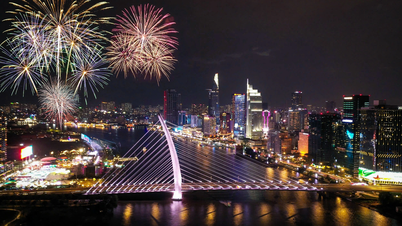
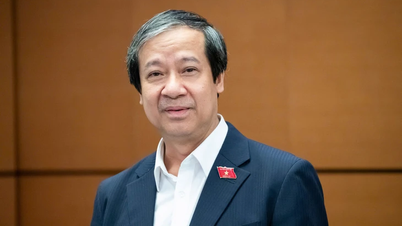



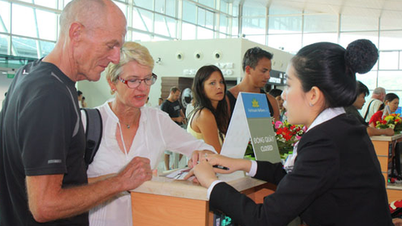
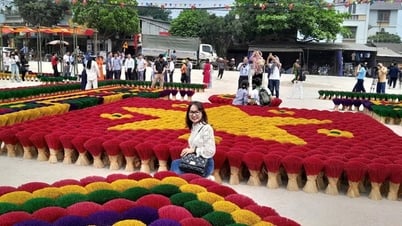
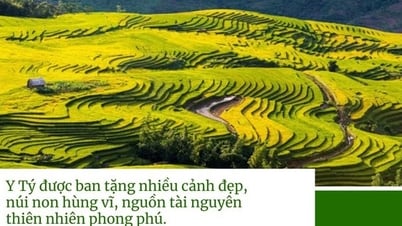
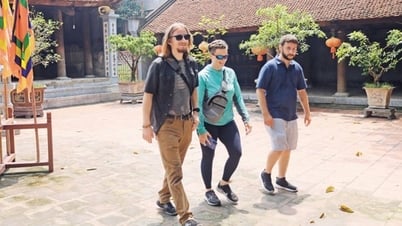



















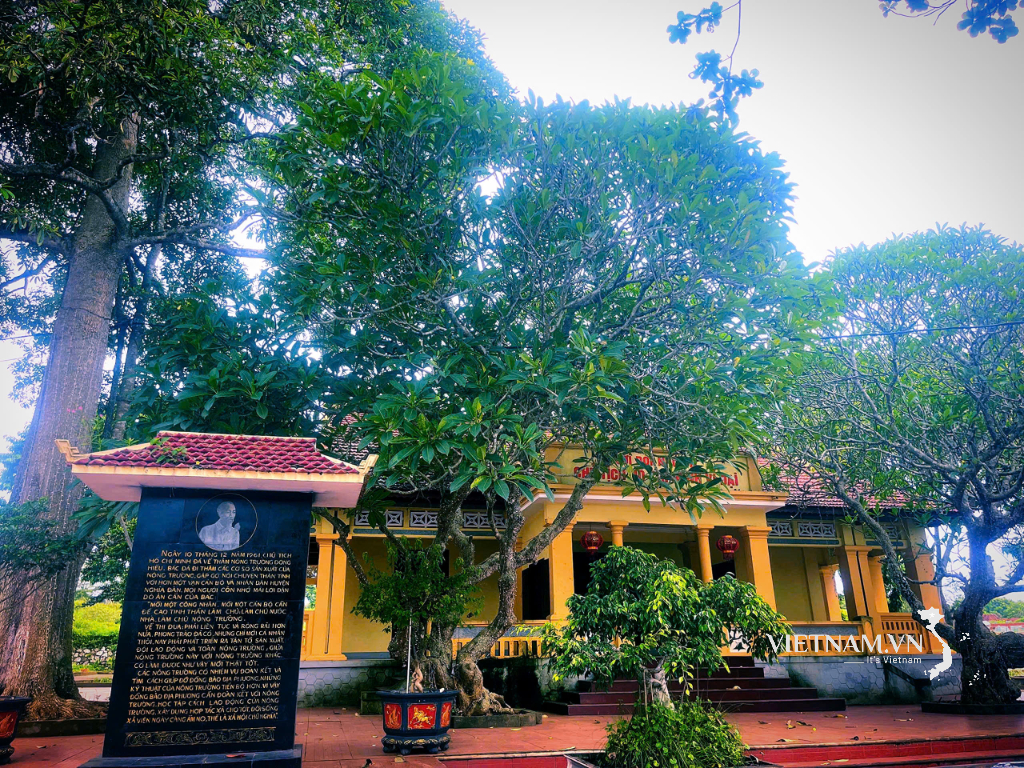

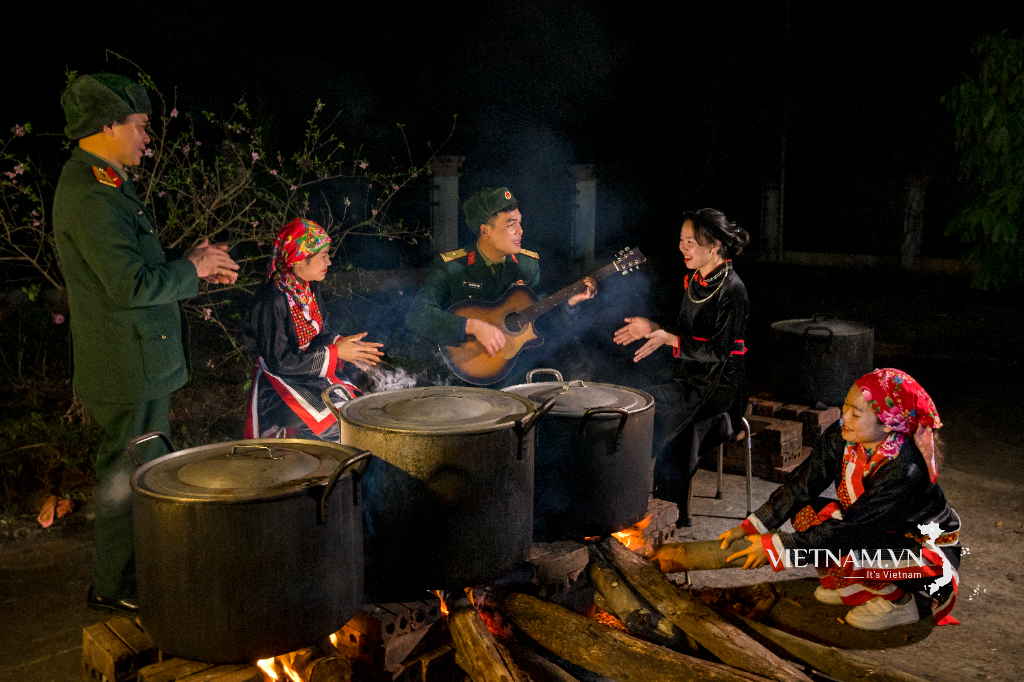
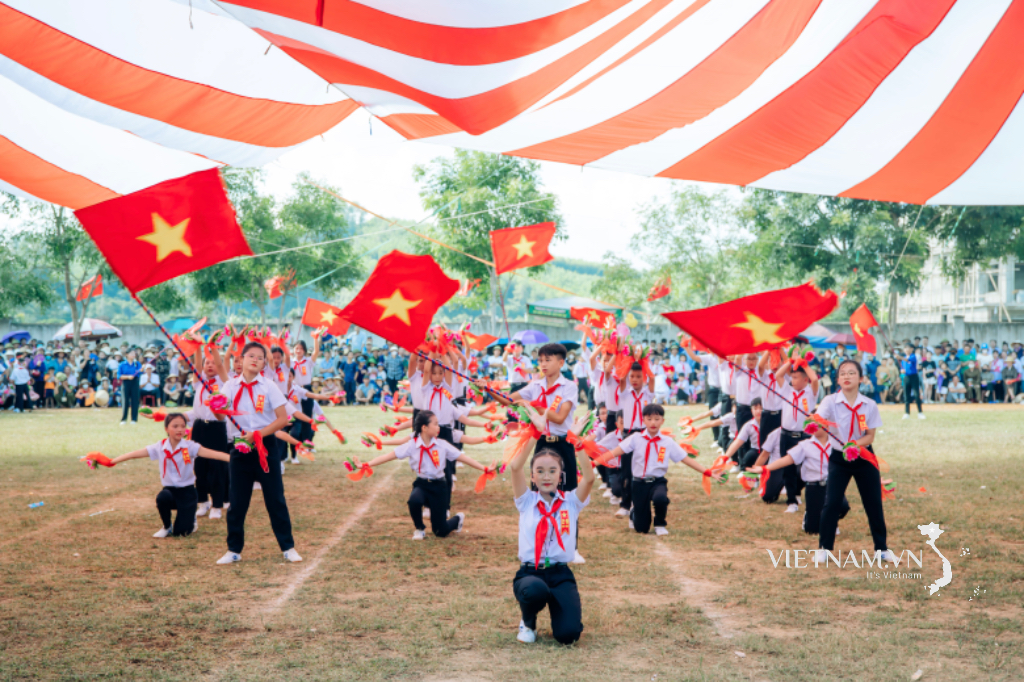
Comment (0)